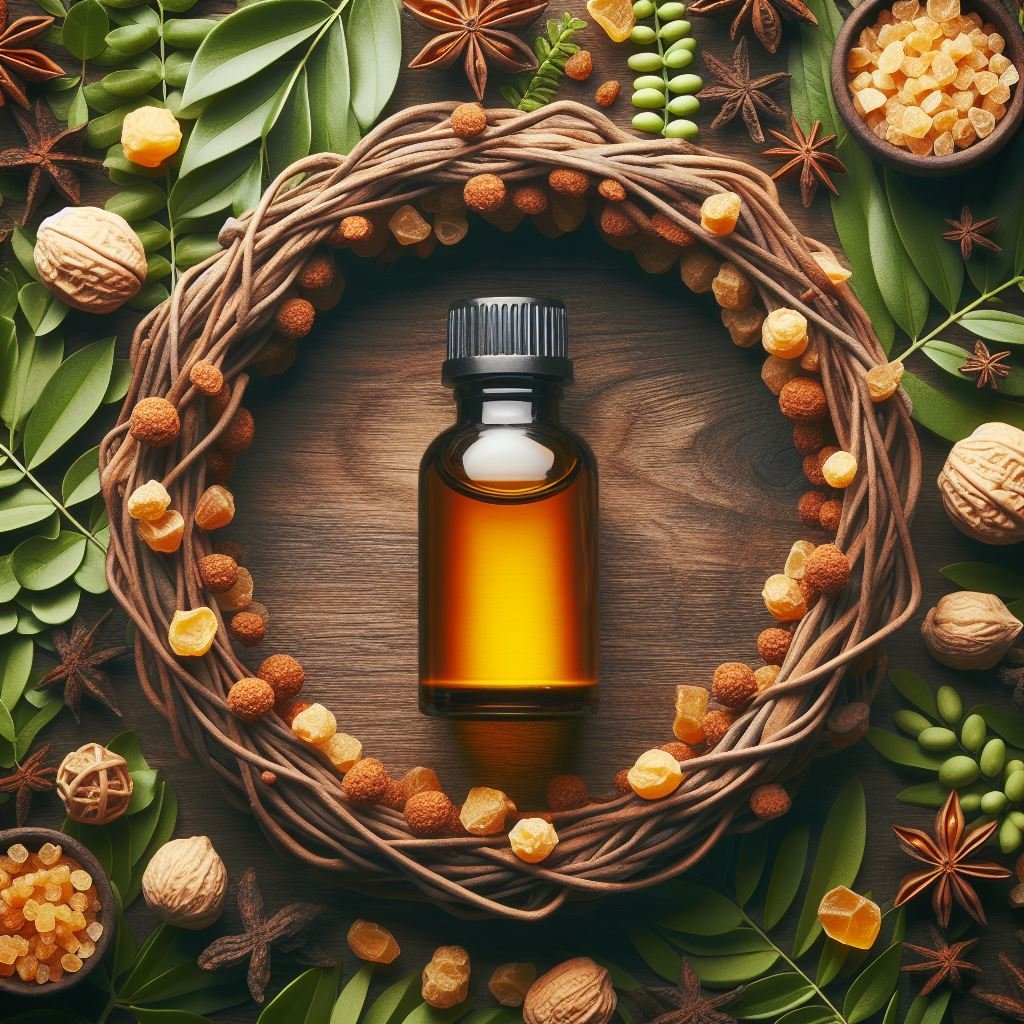Unlocking the Mysteries of Natural Frankincense Essential Oil: A Comprehensive Guide
Natural Frankincense essential oil, derived from the resin of the Boswellia tree, has been revered for centuries for its aromatic and therapeutic properties. In this article, we will delve into the origins, extraction process, benefits, and various uses of Frankincense oil, shedding light on its captivating journey from ancient traditions to modern wellness practices.
What Is Frankincense Essential Oil?
Frankincense has a rich history dating back thousands of years, where it played a prominent role in religious ceremonies, cultural rituals, and traditional medicine. Originating from regions like the Middle East, North Africa, and India, this resin has been prized for its captivating fragrance and believed to possess spiritual significance.
Understanding the extraction process of Frankincense oil is crucial to appreciate its purity and potency. Typically, the resin is carefully harvested from the Boswellia tree and subjected to steam distillation. This meticulous process ensures that the oil retains its therapeutic compounds, resulting in a high-quality essential oil with a myriad of benefits.
The Therapeutic Properties
Frankincense essential oil boasts an impressive array of therapeutic properties, making it a staple in aromatherapy and natural wellness. From anti-inflammatory and anti-microbial to stress-relieving and immune-boosting, the oil offers a holistic approach to health and well-being. Readers will discover how incorporating Frankincense essential oil into their daily routines can promote physical, mental, and emotional balance.
Popular Uses in Modern Wellness
In contemporary times, Frankincense oil has found its way into various aspects of modern wellness. From skincare routines to meditation practices, this versatile oil has become a go-to for those seeking natural alternatives. We will explore its applications in skincare, diffusers, massages, and more, providing readers with practical insights into integrating Frankincense into their daily lives.
Tips for Choosing and Using Frankincense Oil
To maximize the benefits of Frankincense oil, it’s essential to choose the right product and use it effectively. This section will offer valuable tips on selecting high-quality oils, dilution ratios for topical application, and the best methods for inhalation. Empowering readers with this knowledge ensures a safe and enjoyable experience with Frankincense essential oil.
Frankincense essential oil stands as a testament to the enduring connection between ancient traditions and contemporary well-being practices. From its historical significance to its modern applications, this aromatic oil continues to captivate and contribute to our overall health. By exploring the mysteries of Frankincense, we unlock a world of natural remedies and sensory delights, inviting readers to embark on a journey of self-care and holistic living.
How is Frankincense Essential Oil Obtained?
“Unveiling the Art of Extraction: How is Frankincense Oil Obtained?”
Frankincense essential oil, revered for its therapeutic properties and rich history, is a prized substance obtained from the resin of the Boswellia tree. In this article, we’ll unravel the intriguing process of obtaining Frankincense essential oil, from the tree to the bottle, providing insight into the artistry behind this ancient practice.
Harvesting the Liquid Gold
The journey of Frankincense essential oil begins with the careful harvest of resin from the Boswellia tree. Found in regions like the Middle East, North Africa, and India, these trees produce a precious resin known for its fragrant and healing properties. Readers will discover the meticulous process of tapping the trees, allowing the resin to ooze out, resembling drops of liquid gold.
Species Matters: The Boswellia Varieties
Not all Boswellia trees yield the same quality of resin. This section will delve into the various Boswellia species, emphasizing the importance of selecting the right tree for optimal oil extraction. Understanding the differences between species ensures a higher quality and more potent Frankincense essential oil.
Steam Distillation: The Key to Purity
Once the resin is collected, the next step is the extraction process. Steam distillation, a centuries-old technique, takes center stage. Readers will gain insight into how steam is used to carefully extract the essential oil from the resin while preserving its therapeutic compounds. This gentle method is essential for maintaining the purity and effectiveness of the oil.
Grades of Frankincense Essential Oil
Frankincense oil comes in various grades, each representing a different level of purity and potency. From the prized “sacra” to more common varieties, readers will understand the distinctions between grades and learn how to choose the most suitable option for their needs.
Ensuring Quality: Factors to Consider
To obtain the finest Frankincense essential oil, certain factors must be considered. This section will guide readers on what to look for when purchasing high-quality oil, including considerations such as sourcing, transparency, and third-party testing. Armed with this knowledge, consumers can make informed choices and ensure they are getting the best product.
The journey from Boswellia tree resin to a bottle of Frankincense essential oil is a fascinating process that combines ancient wisdom with modern techniques. By understanding the art of extraction, consumers can appreciate the craftsmanship behind this aromatic elixir and make informed decisions when incorporating Frankincense essential oil into their wellness routines. From the sacred groves to your self-care regimen, the story of Frankincense unfolds, inviting you to experience the magic of this ancient essence.
What is Composition of Frankincense Essential Oil?
Frankincense essential oil is a complex mixture of various chemical compounds, each contributing to its unique aroma and therapeutic properties. The composition of Frankincense essential oil can vary slightly depending on factors such as the species of the Boswellia tree, the geographical region in which it is grown, and the extraction method used. Here are some key components commonly found in Frankincense essential oil:
Monoterpenes:
These are a class of hydrocarbons that contribute to the uplifting and cleansing properties of Frankincense. Common monoterpenes found in Frankincense include alpha-pinene and limonene.
Sesquiterpenes:
These are larger molecules with potential anti-inflammatory and immune-stimulating effects. Beta-caryophyllene is a notable sesquiterpene present in Frankincense.
Terpenoids:
Frankincense contains various terpenoids, which are modified terpenes. These compounds may contribute to the anti-inflammatory and antioxidant properties of the oil.
Boswellic Acids:
Unique to Boswellia species, boswellic acids are resin acids that have been studied for their anti-inflammatory effects. These compounds are believed to play a significant role in the medicinal properties of Frankincense.
Incensole and Incensole Acetate:
These are specific compounds found in Boswellia serrata and contribute to the calming and anti-anxiety effects associated with Frankincense.
Phellandrene:
This is another monoterpene that can be present in varying amounts in Frankincense, contributing to its aromatic profile.
It’s important to note that the composition of Frankincense oil can vary among different species of the Boswellia tree, such as Boswellia carterii, Boswellia sacra, and Boswellia serrata. Additionally, factors like the climate, soil conditions, and extraction methods can influence the chemical profile of the oil.
Understanding the diverse array of compounds in Frankincense oil helps explain its broad range of therapeutic benefits, including anti-inflammatory, antimicrobial, and relaxation-inducing properties. Always ensure that you are purchasing high-quality, pure essential oil from reputable sources to experience the full potential of Frankincense.














Reviews
There are no reviews yet.